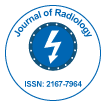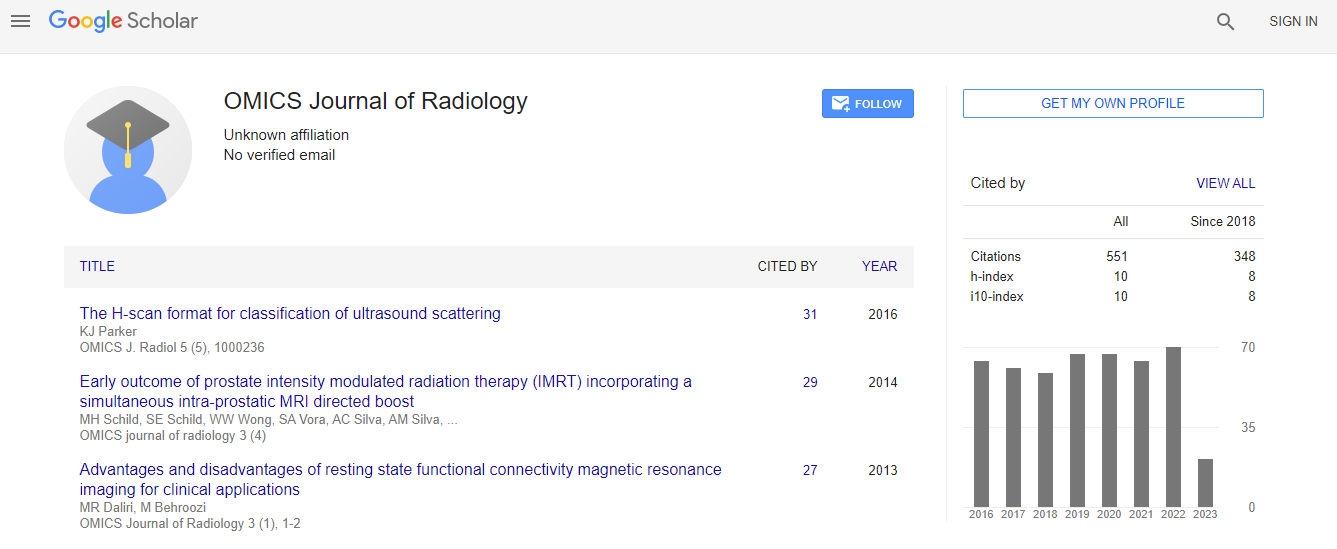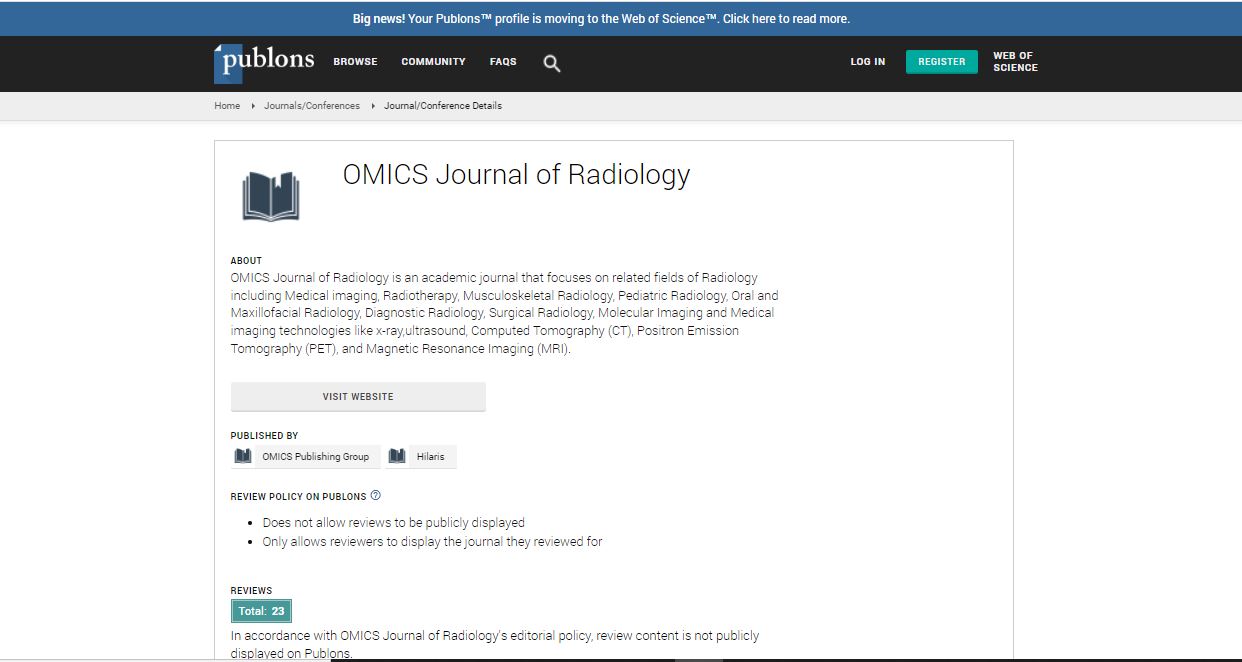Our Group organises 3000+ Global Conferenceseries Events every year across USA, Europe & Asia with support from 1000 more scientific Societies and Publishes 700+ Open Access Journals which contains over 50000 eminent personalities, reputed scientists as editorial board members.
Open Access Journals gaining more Readers and Citations
700 Journals and 15,000,000 Readers Each Journal is getting 25,000+ Readers
Google Scholar citation report
Citations : 551
Journal of Radiology received 551 citations as per Google Scholar report
Journal of Radiology peer review process verified at publons
Indexed In
- Index Copernicus
- Google Scholar
- Open J Gate
- Genamics JournalSeek
- ResearchBible
- Electronic Journals Library
- RefSeek
- Hamdard University
- EBSCO A-Z
- OCLC- WorldCat
- SWB online catalog
- Virtual Library of Biology (vifabio)
- Publons
- Geneva Foundation for Medical Education and Research
- ICMJE
Useful Links
Share This Page
Is upper limb rehabilitation effective after tetraplegia? Responses with a meta-analysis considering classical and innovative strategies
2nd International Conference on Neuroscience, Neuroimaging & Interventional Radiology
S├?┬ębastien Mateo
Universite de Lyon, France Ecole Normale Superieure de Lyon, France
ScientificTracks Abstracts: OMICS J Radiol
Abstract
Cervical spinal cord injury (SCI) results in tetraplegia. SCI individuals experience dramatic somatosensory and motor deficits with related impairment corresponding to the SCI level and completeness. This severe disease concerns 40 cases per million in the USA representing approximately 12,000 new cases each year. This is associated with significant costs depending on the SCI severity ranging from 0.3 to 1 million USD for the first year (NSCISC 2012). Reaching highest autonomy as possible in daily life is conditioned by regaining upper limb function, in particular grasping capabilities. This constitutes a major concern for SCI individuals, in particular because it essentially affects young people (mean age at injury 41 years). Correspondingly, rehabilitation aims to improve hand function to promote autonomy after tetraplegia. Here, we will focus on non-invasive rehabilitation strategies usable in clinical setting. Thereby, invasive strategies including surgery fall beyond the scope of this presentation. We will separate i) ├ó┬?┬?classic├ó┬?┬Ł rehabilitation based on a bottom-up approach relying on strengthening, use of Functional Electrical Stimulation or robotics and ii) ├ó┬?┬?innovative├ó┬?┬Ł and more recent strategies targeting neural plasticity and aiming to restore the loop between afferent information and efferent commands. It includes top-down approach namely motor imagery alone or coupled with brain computer interfaces, virtual reality and neuromodulation mediated by transcranial direct current or magnetic stimulations (tDCS or rTMS). To date, effectiveness of upper limb rehabilitation remained narrative. We thus performed a meta-analysis of both series case studies and randomized controlled trials to address whether rehabilitation of upper limb is effective to i) reduce deficits or ii) increase hand function, and iii) alter independence. Secondarily, we will sort the rehabilitation effectiveness accordingly to the classical bottom-up or innovative topdown, and neuromodulation strategies. Finally, we will conclude the presentation by formulating recommendations for rehabilitation that can be used to improve hand function after tetraplegia.Biography
Sébastien Mateo is currently working in Université de Lyon, Université Lyon , INSERM U1028; CNRS UMR5292; Lyon Neuroscience Research Center, ImpAct Team, F- ├ó┬?┬É69676 Lyon, France

 Spanish
Spanish  Chinese
Chinese  Russian
Russian  German
German  French
French  Japanese
Japanese  Portuguese
Portuguese  Hindi
Hindi 
